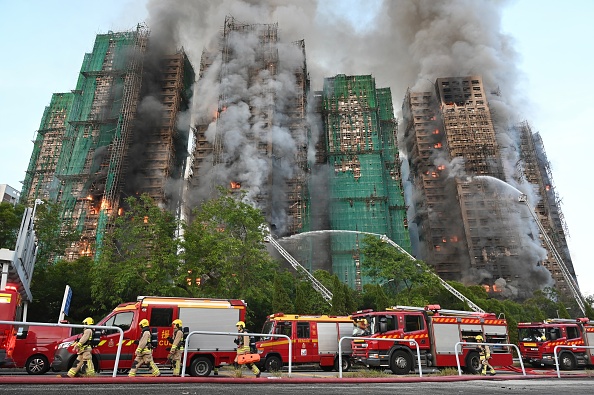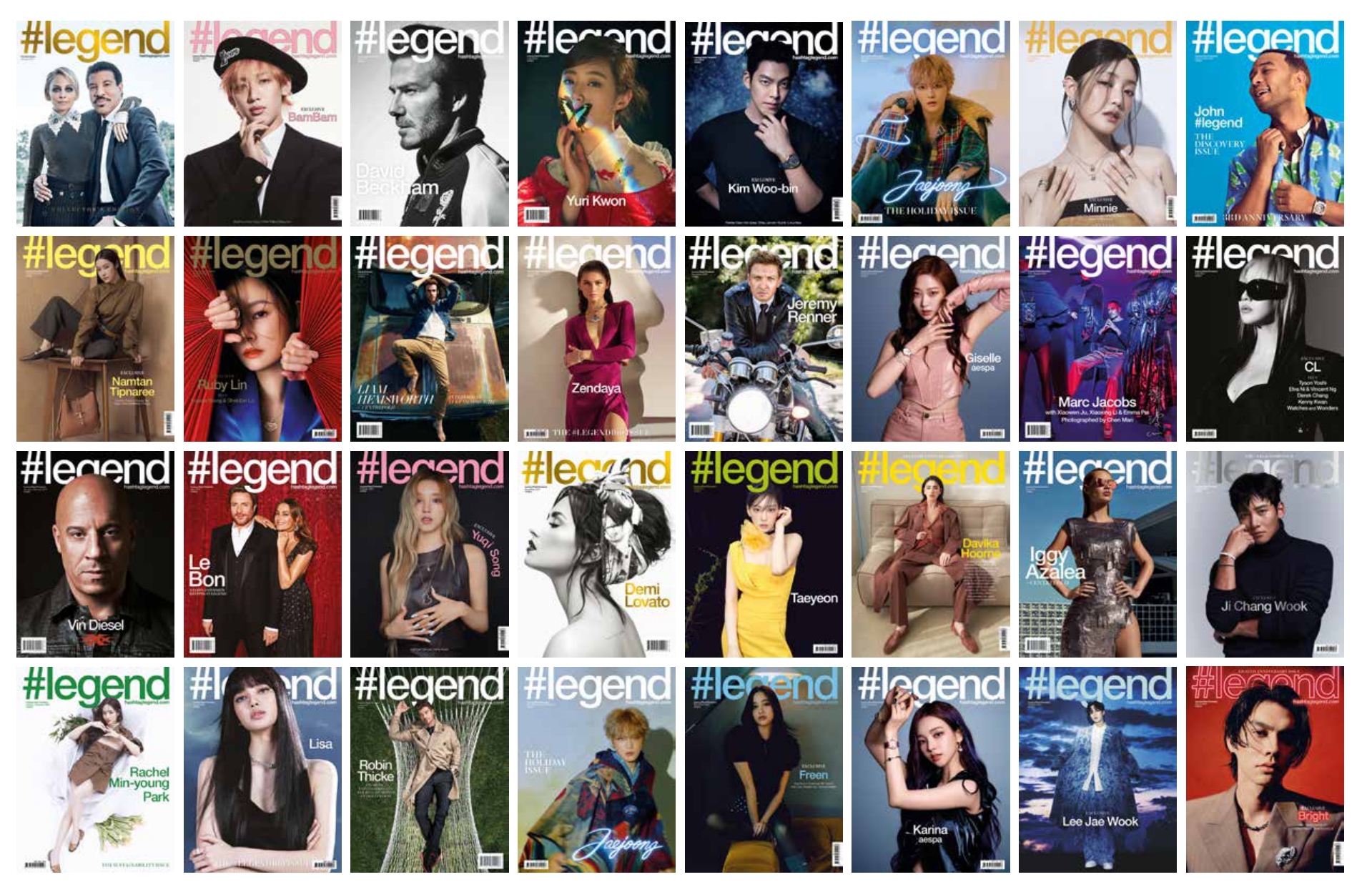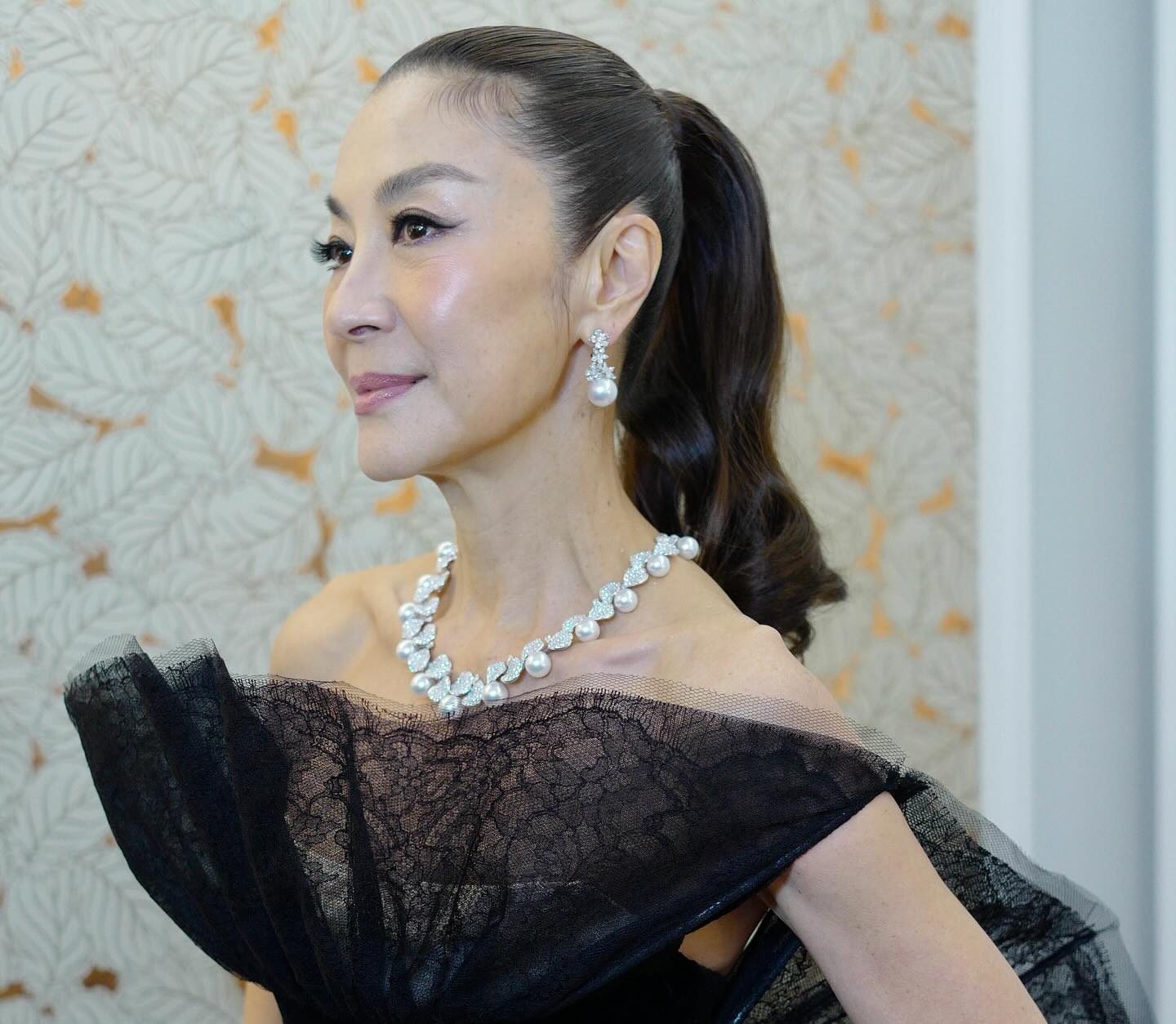From Dior to Chanel, Aimee Yan shows you six highly anticipated debut collections from a new crop of designers that have stepped into new creative roles this season
Balenciaga: Pierpaolo Piccioli
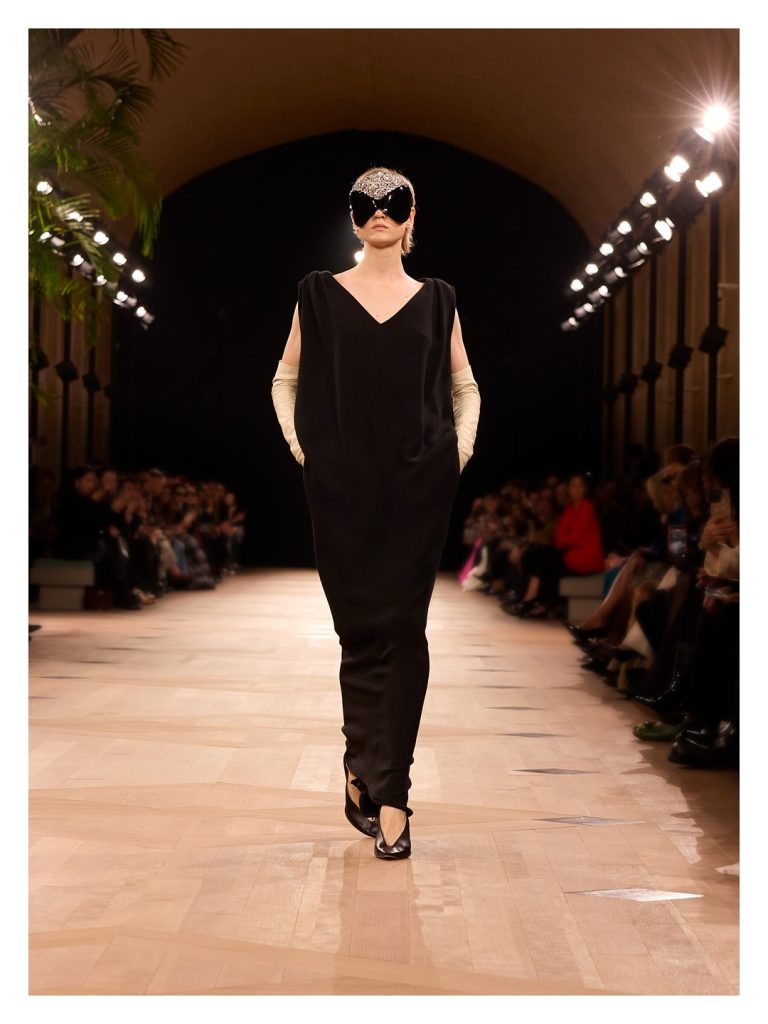
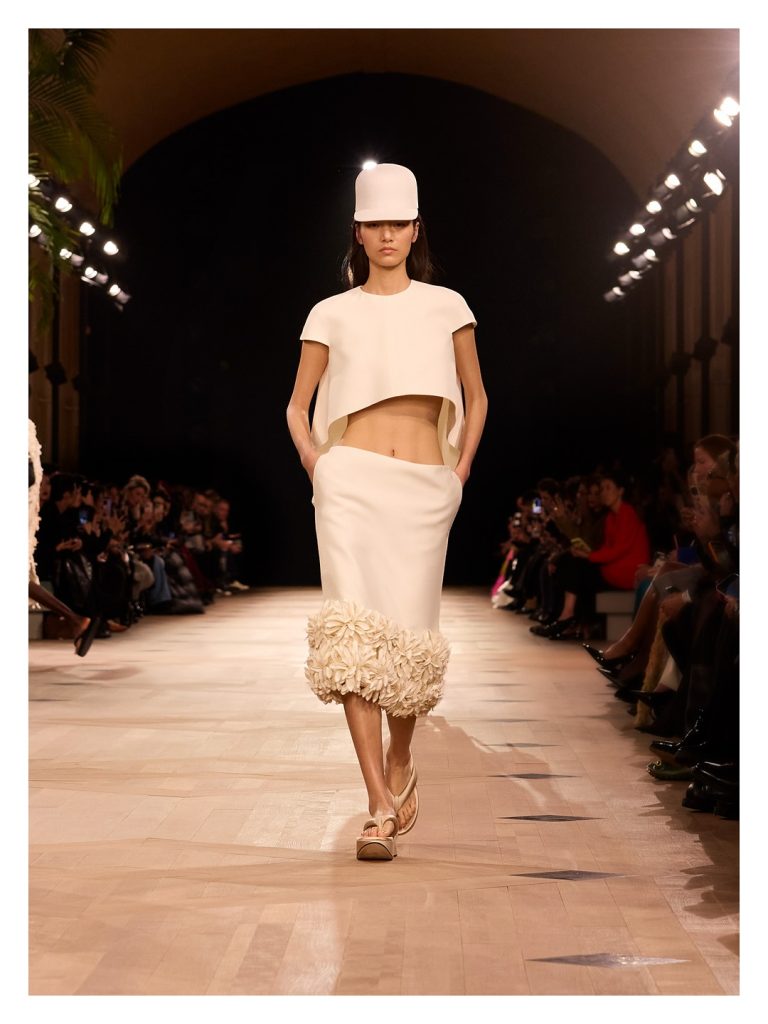
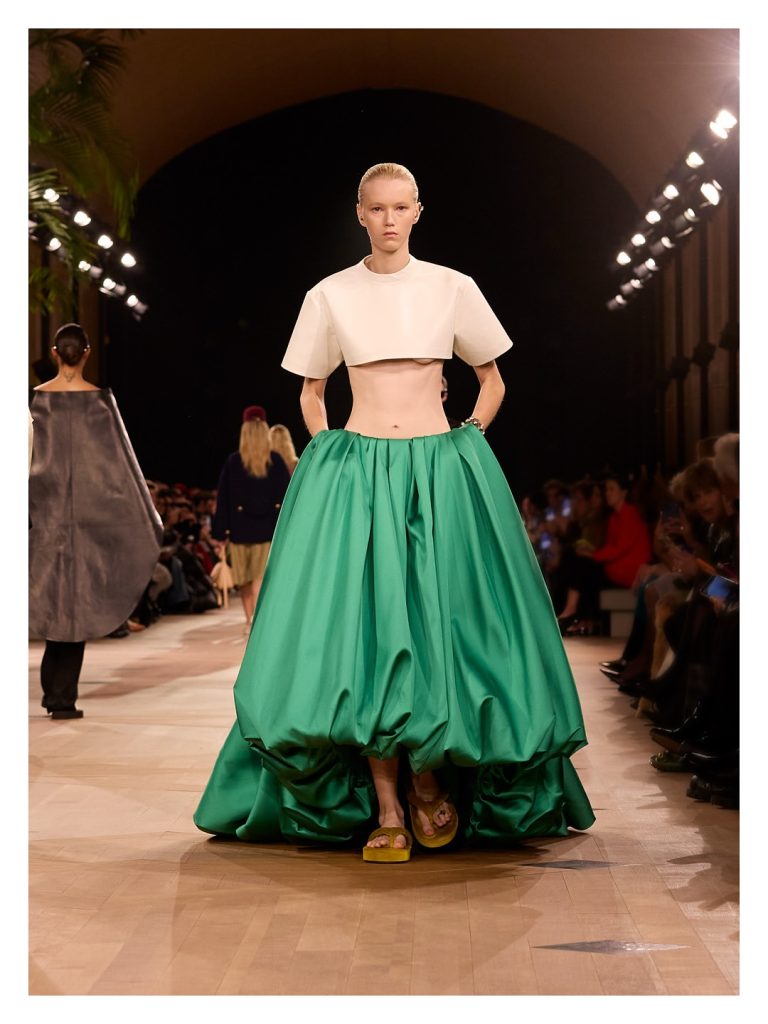
Pierpaolo Piccioli’s arrival at Balenciaga marks a clear shift. The collection, titled The Heartbeat, explores the dialogue between clothing and body. He retains Cristóbal Balenciaga’s architectural discipline while acknowledging the legacies of Nicolas Ghesquière and Demna. Tall caps, long dresses and voluminous silhouettes remind us the label’s history and legendary pieces. Piccioli’s language is one of softness, strength through restraint, power through grace. His Balenciaga feels warmer, more emotive, touched by his quiet romanticism.
Chanel: Matthieu Blazy
Matthieu Blazy’s first Chanel show took place under the glass dome of the Grand Palais, themed around love and freedom. The collection draws from the house’s codes, yet refuses to simply reproduce them.
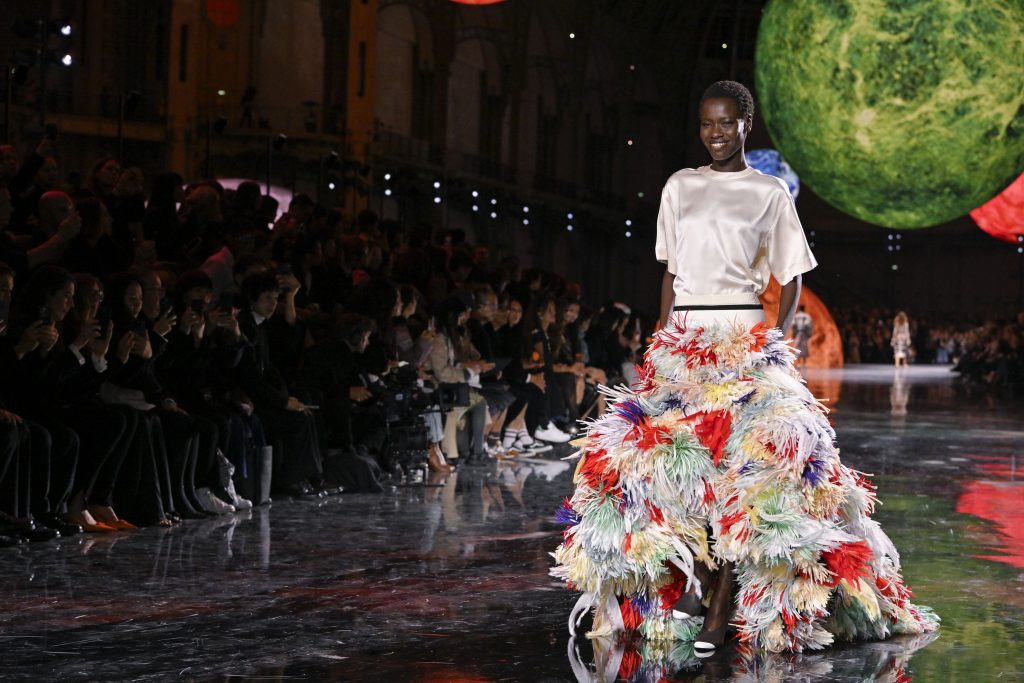
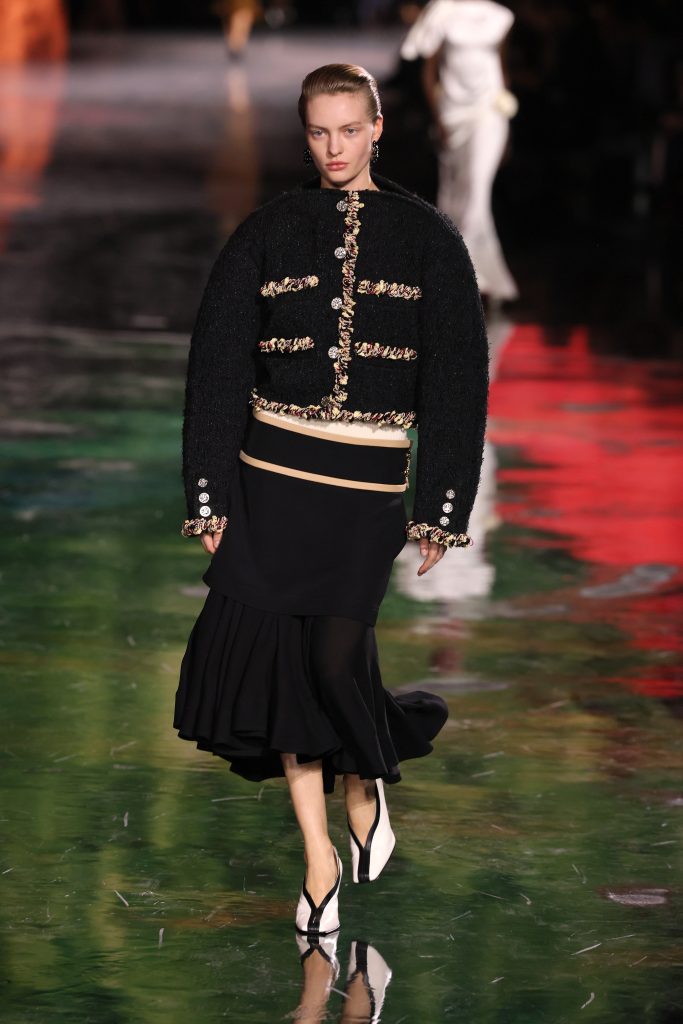
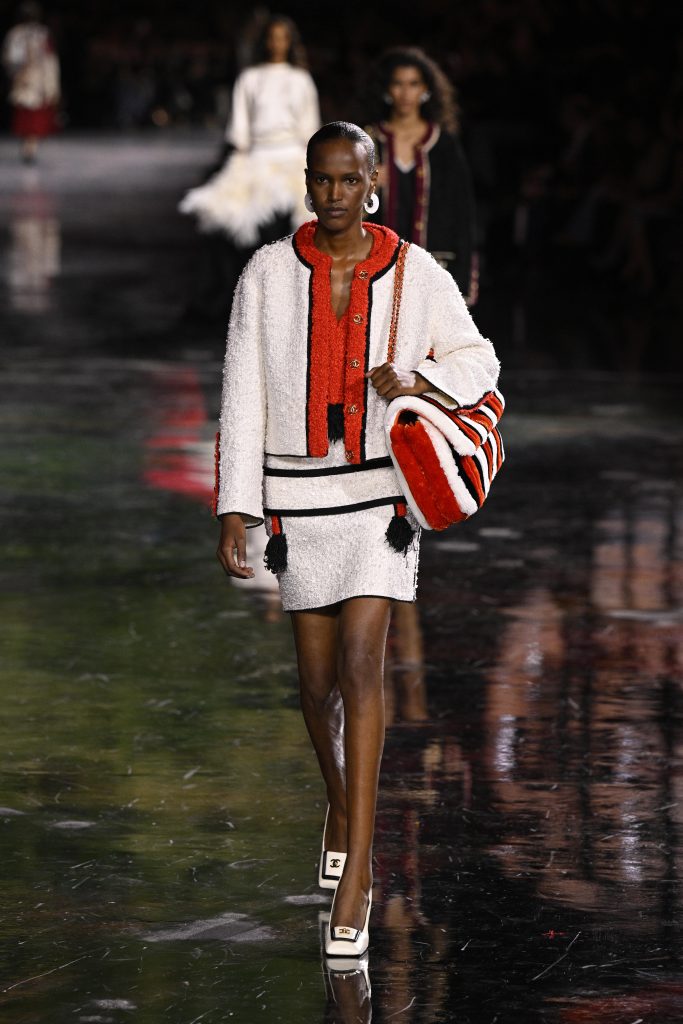
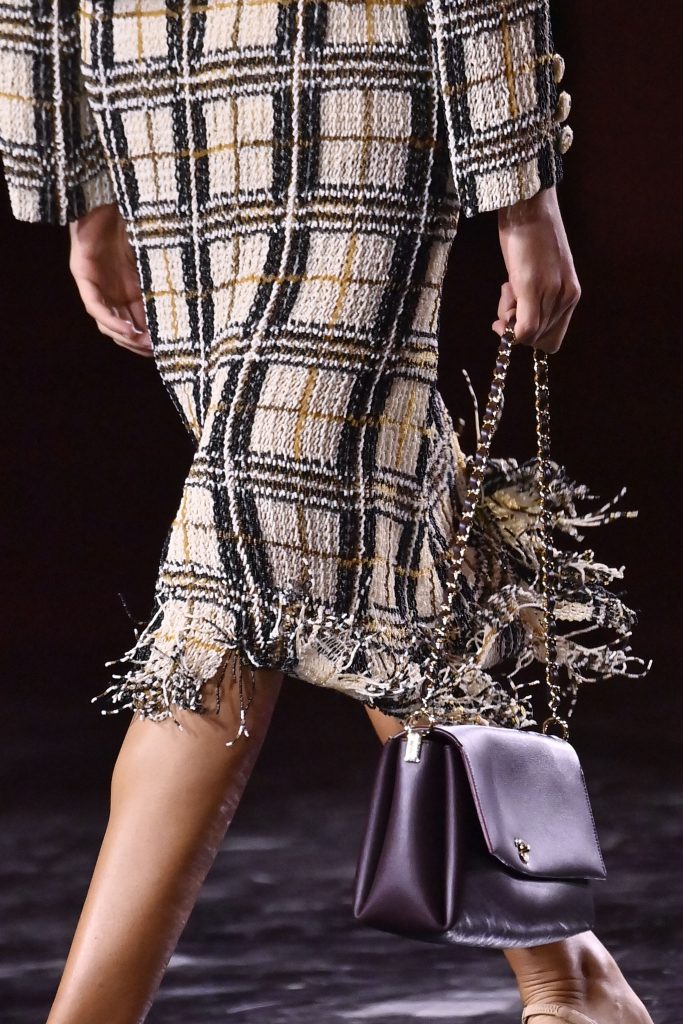
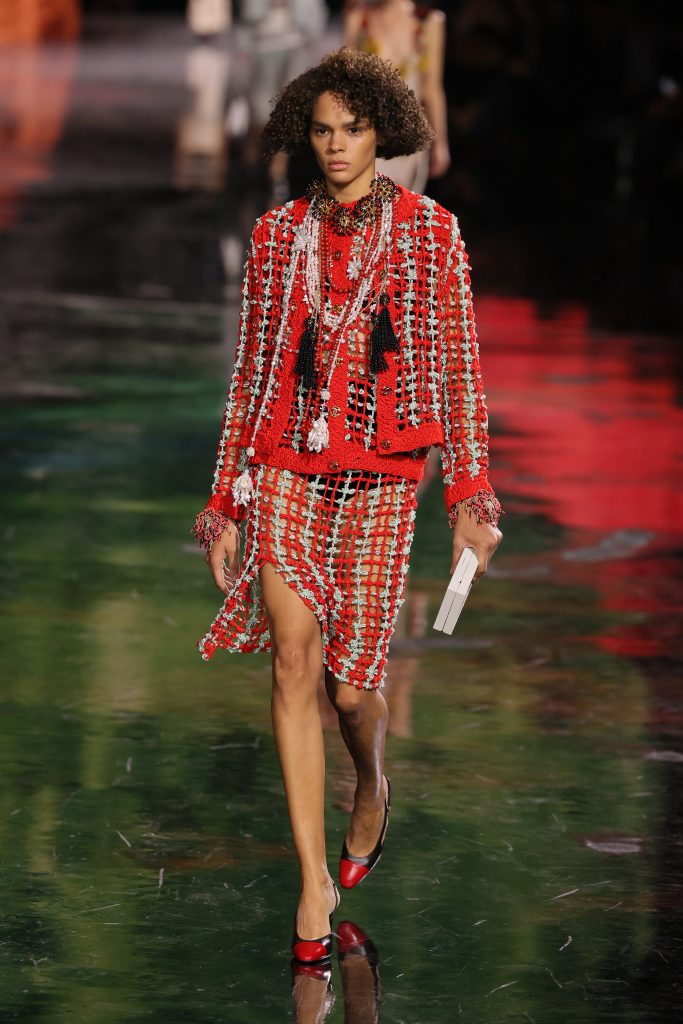
Tweed transforms into knit and beads textures; camellias become a new form of shape; pearls lose their symmetry. Suiting pairs with sheer skirts, blurring the language of gender. The overall silhouette is lighter, less formal, and fluid in movement. Blazy gives Chanel a new intimacy, an elegance that feels lived-in, more attuned to the pace of modern life. Many have pointed out that he has made Chanel younger and more spontaneous.
Dior: Jonathan Anderson
Jonathan Anderson’s first womenswear collection for Dior carries his signature balance of elegance and poetry. Opening with archival film fragments, he invites the audience to revisit Dior’s past and reconsider what femininity means today.
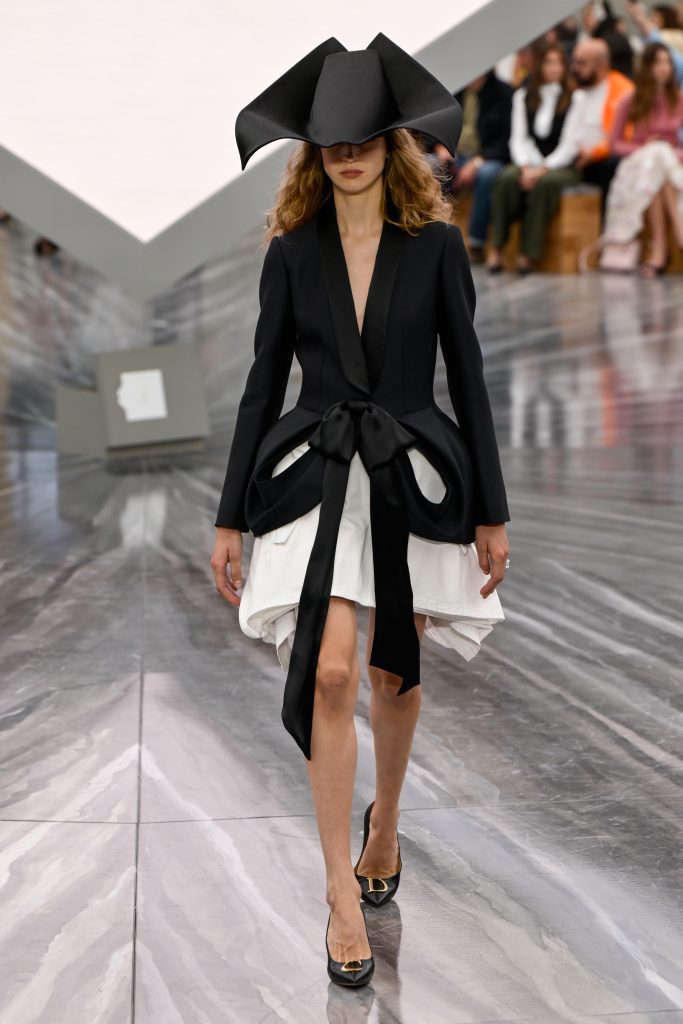
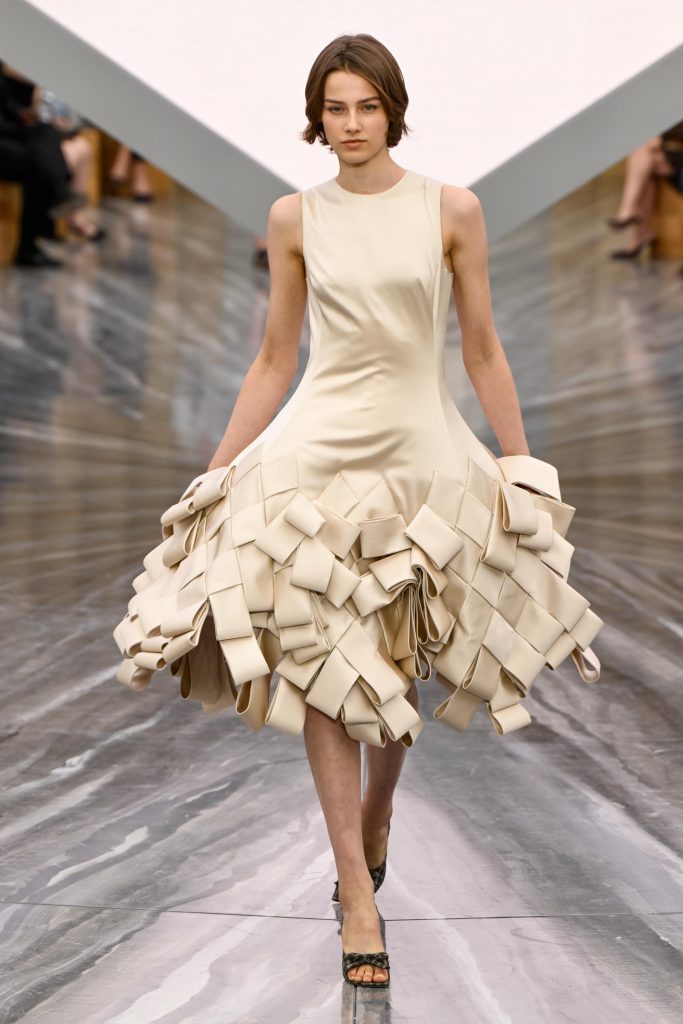
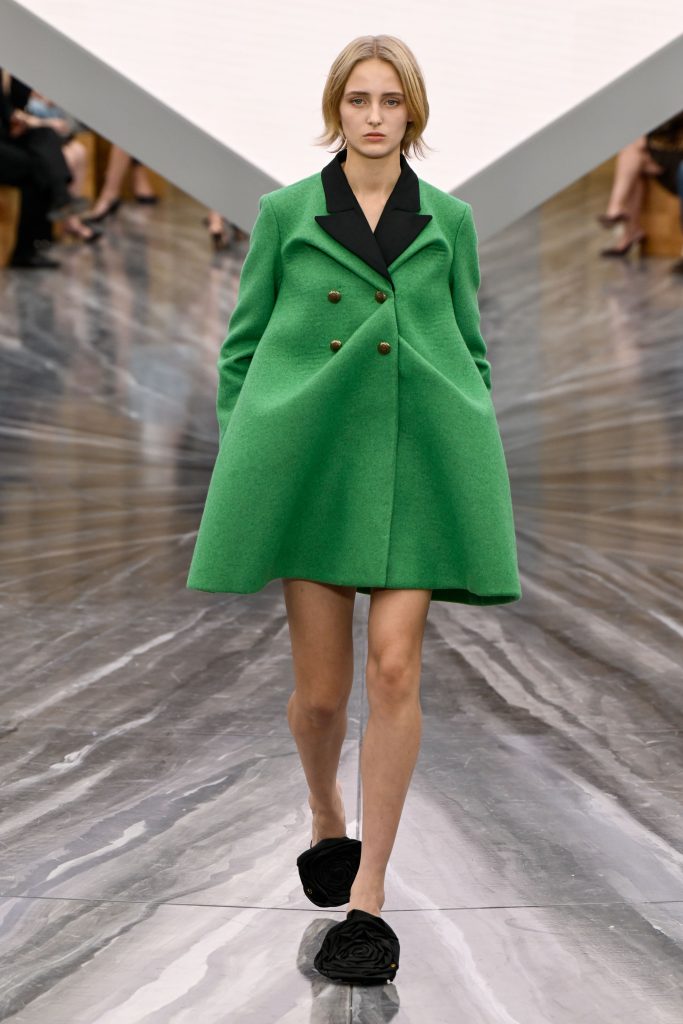
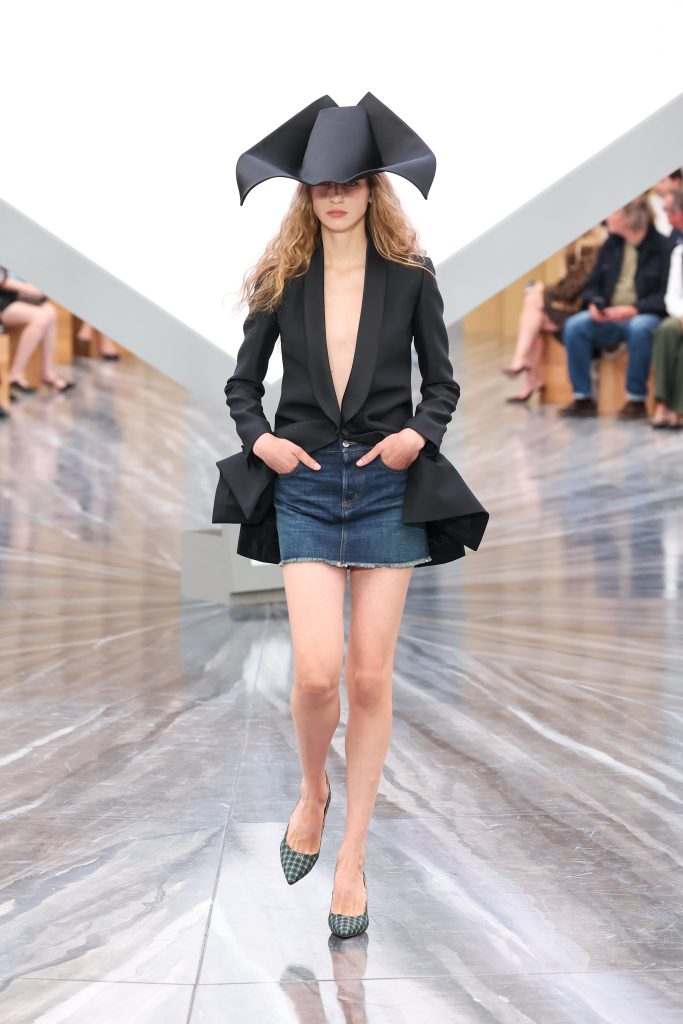
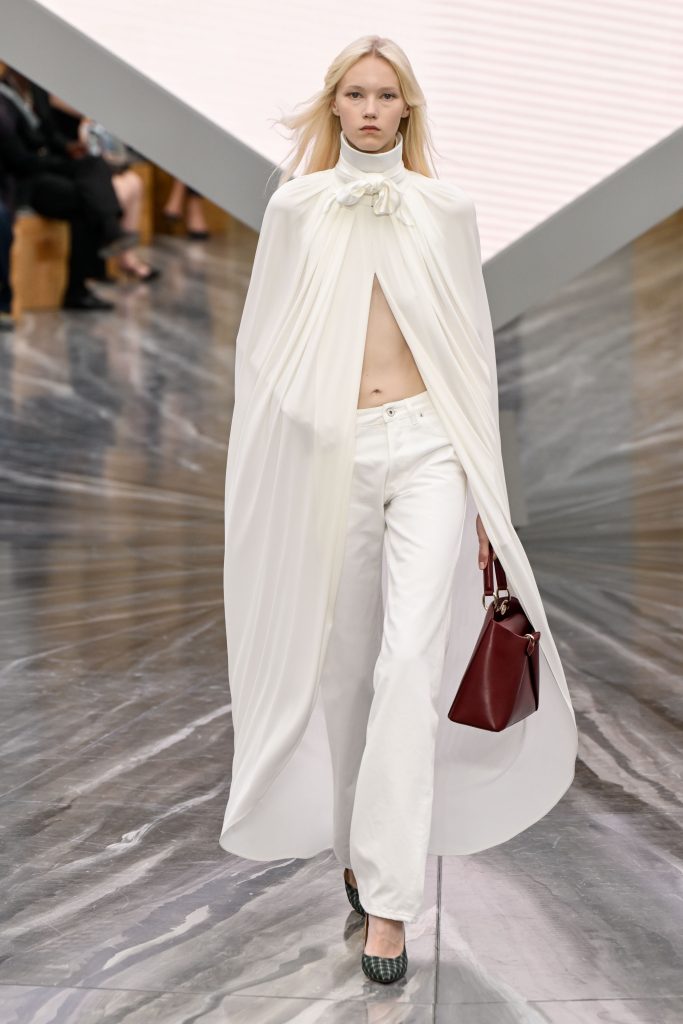
Anderson shortens and lightens the classic Bar jacket, loosens the skirt structure, and opts for softer tones: dusty pink, muted blue, olive green. The bow tie is one of the key element that connects pieces of this collection. Precision tailoring tempers Dior’s formality, resulting in a collection that feels calm yet contemporary.
Jean Paul Gaultier: Duran Lantink
Duran Lantink’s debut for Jean Paul Gaultier revisits the brand’s Junior line from 1988–1994. Through what he calls “Junior,” he reconstructs Gaultier’s classics: stripes stretch and distort, tattoo mesh becomes sculptural, and prints create illusions of vanishing forms.
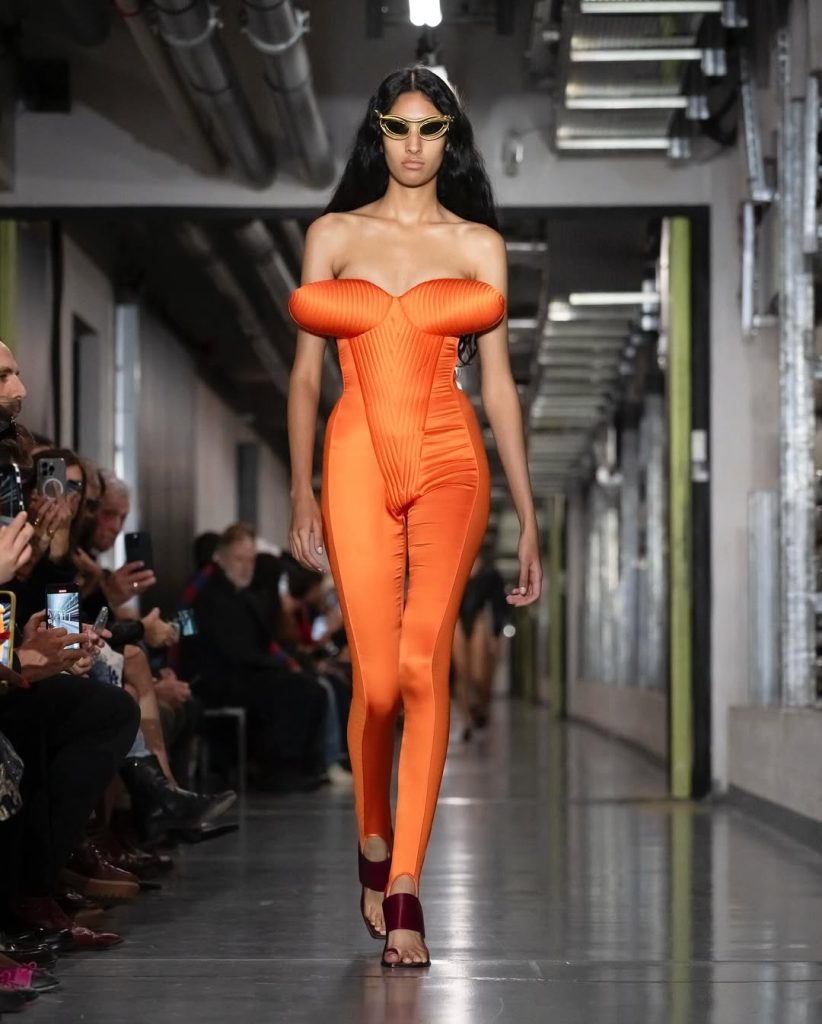
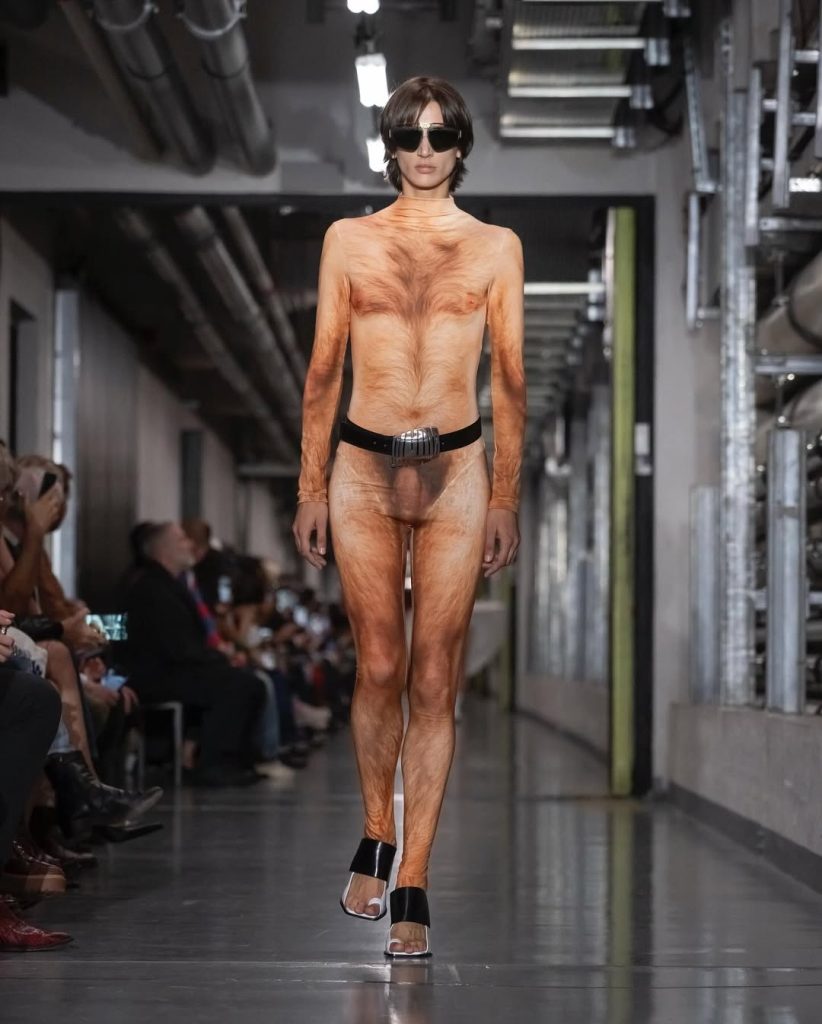
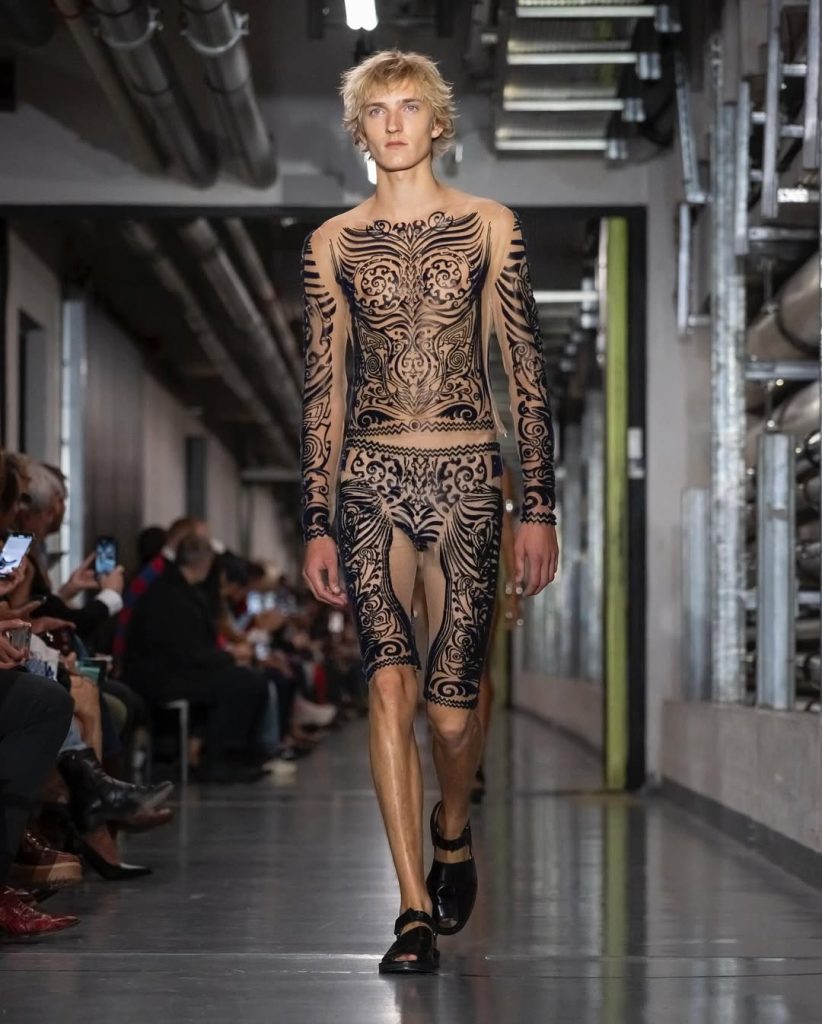
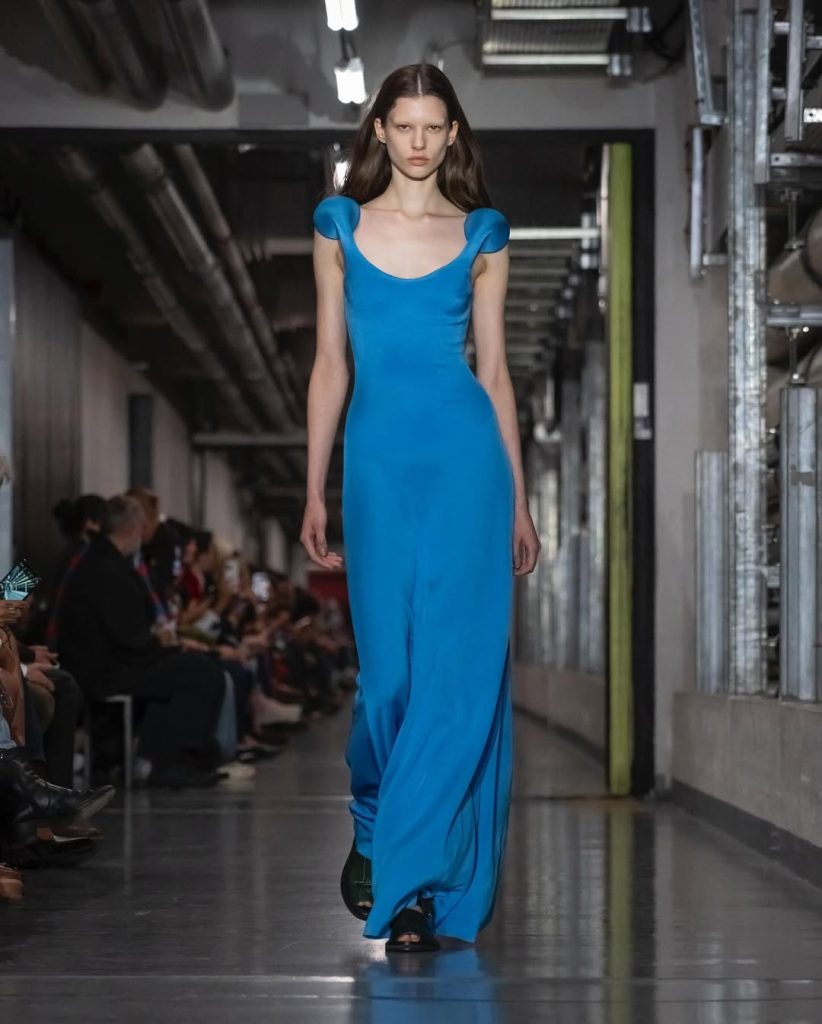
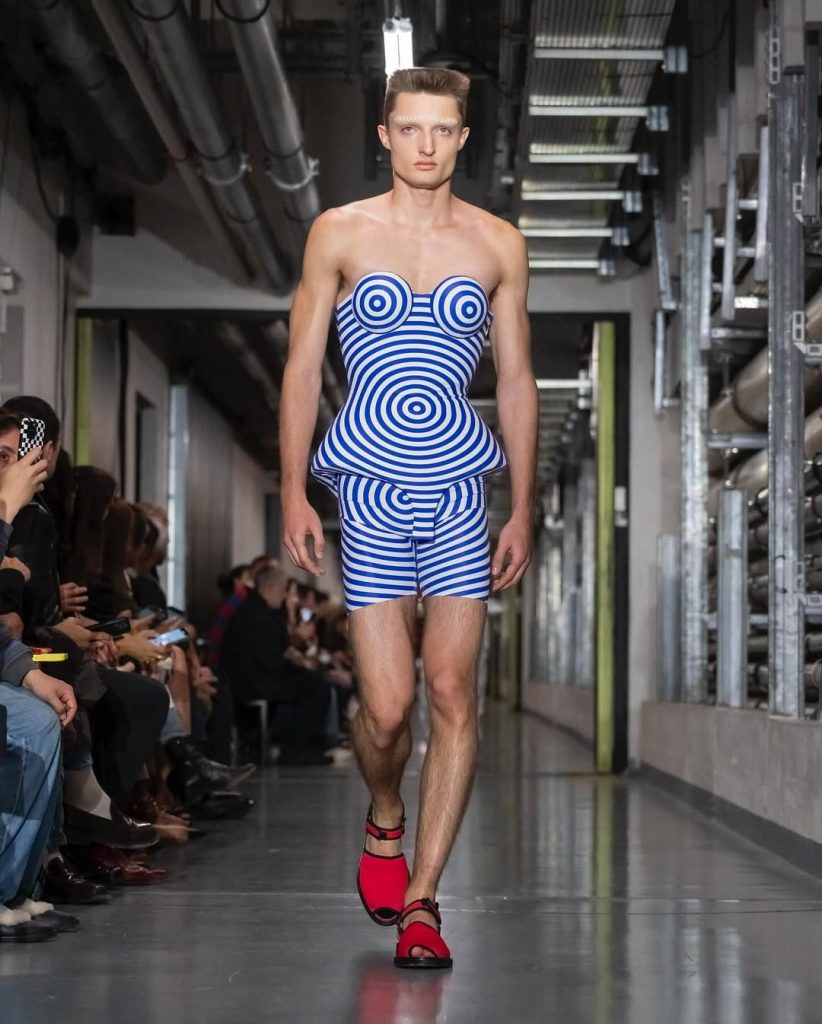
The palette: earthy, mustard, sky blue, nods to the archive but with cleaner proportions. It’s Gaultier’s irreverent spirit: playful, free, boundaryless and refined into a modern tempo.
Maison Margiela: Glenn Martens
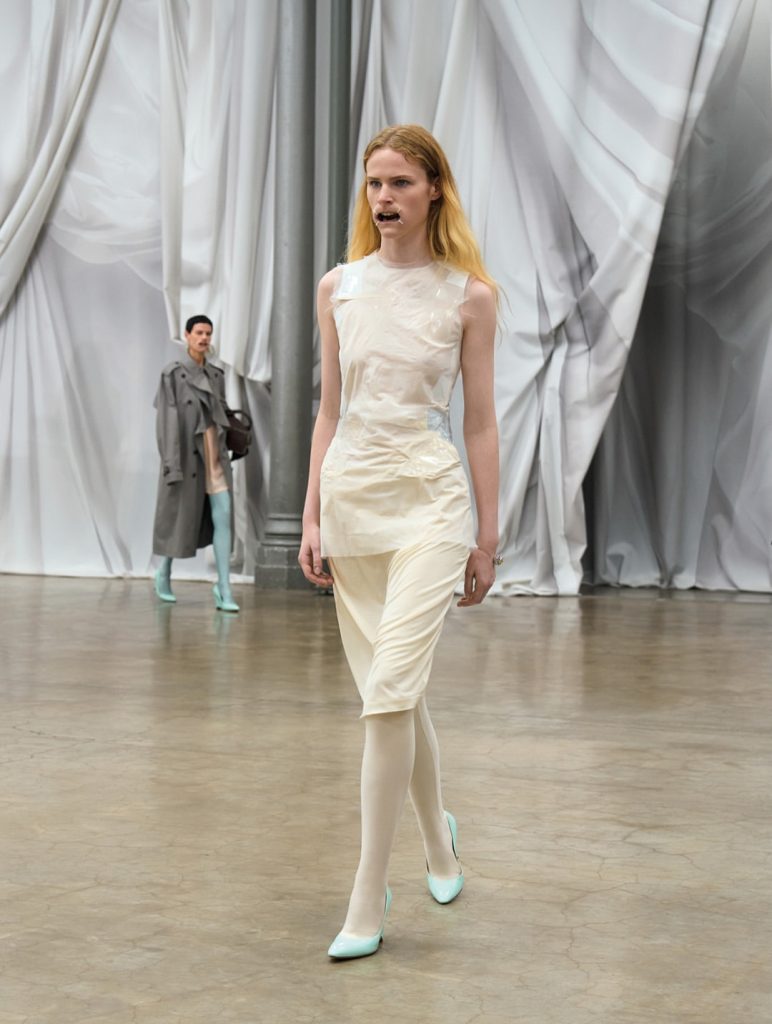
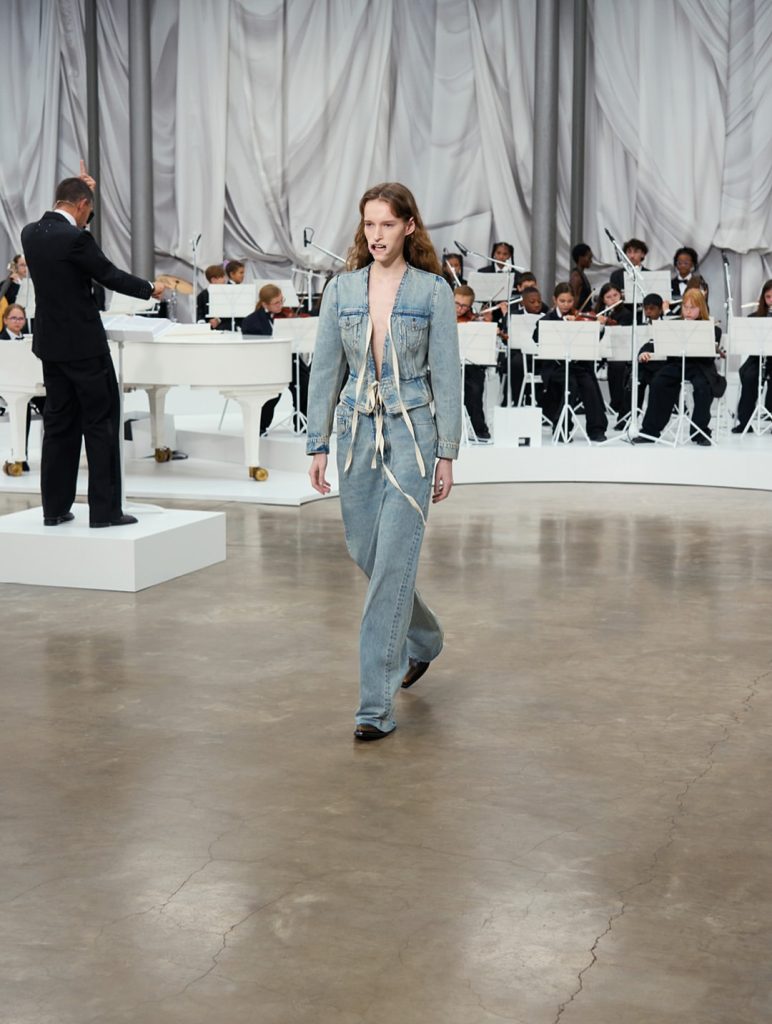
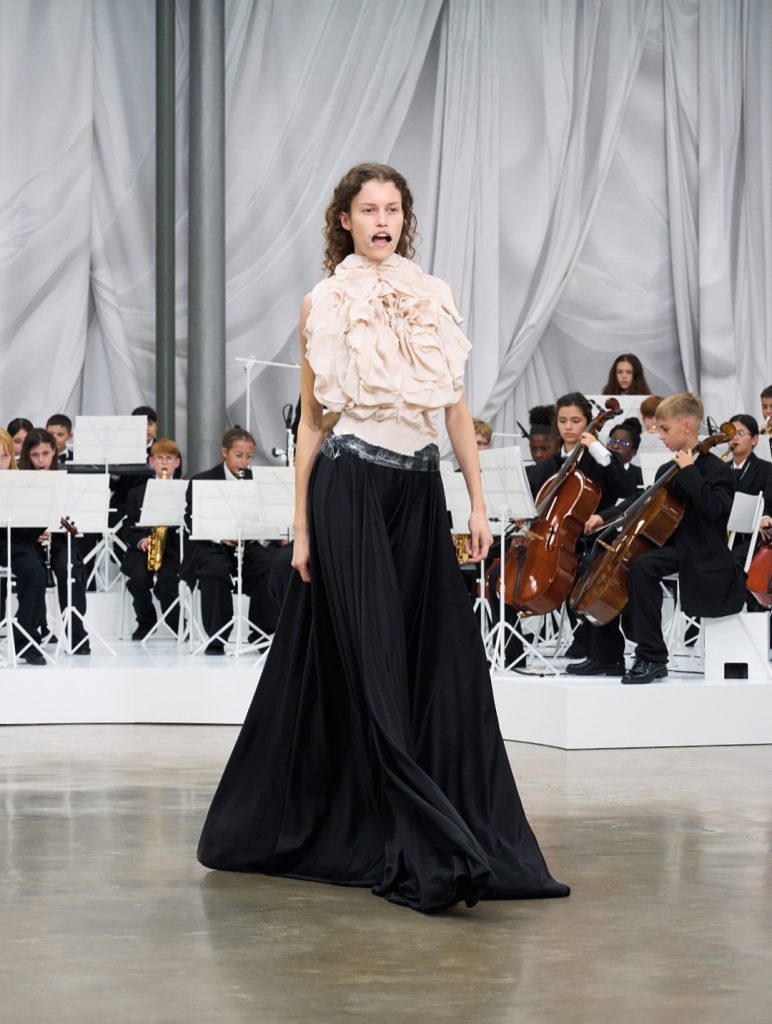
Under Glenn Martens, Margiela’s spirit of unfinished beauty remains intact. This season, he fuses everyday materials including denim, leather, plastic, tape, and more. Through splicing and twisting, producing silhouettes that feel both familiar and alien.
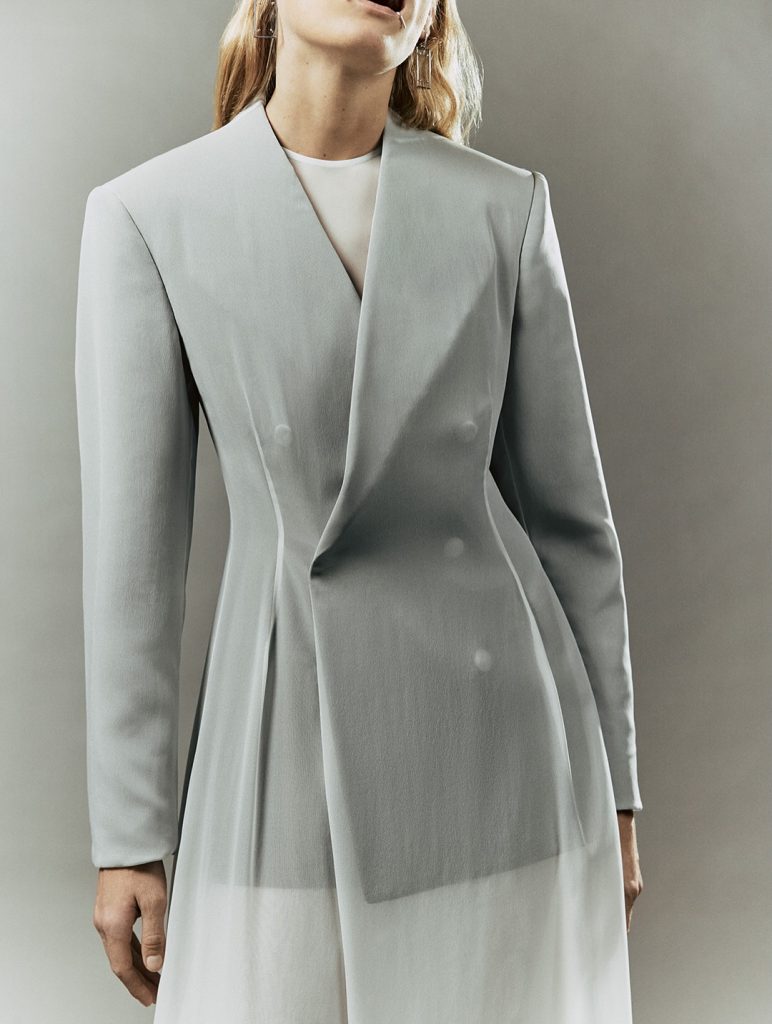
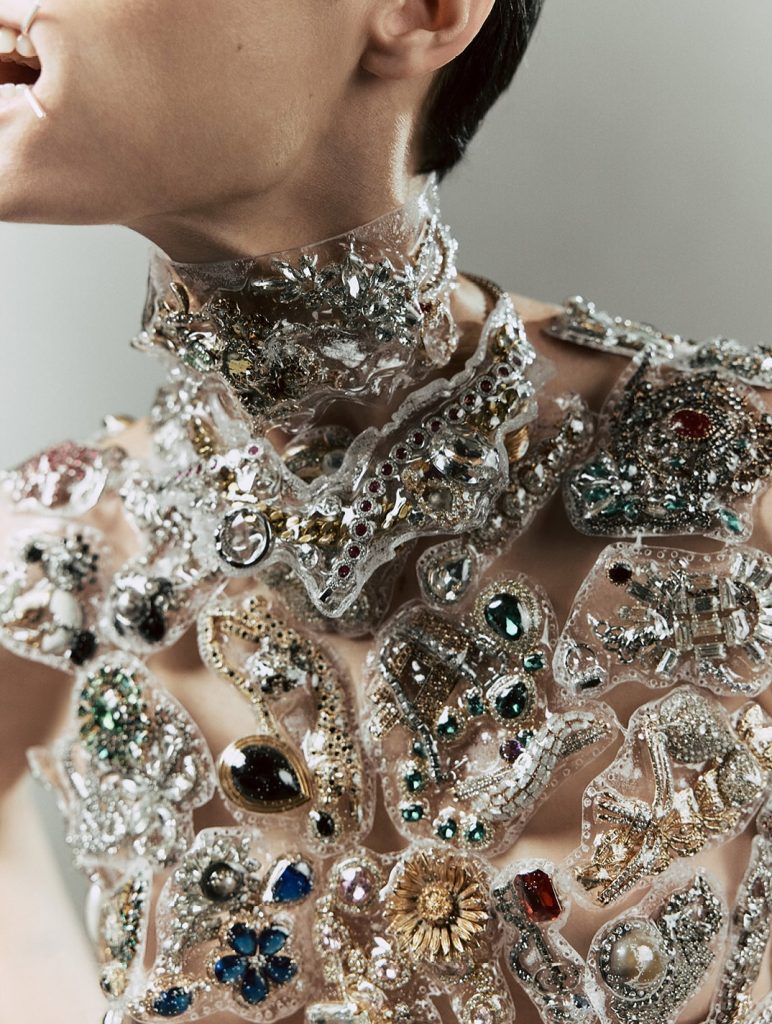
Beneath their offhand appearance, the constructions are meticulous. Trench coats morph into silky transparent texture, plastics and jewellery are reshaped into wearable top. Martens doesn’t chase trends; instead, he preserves Margiela’s thoughtful distance, keeping its intellectual edge alive.
Mugler: Miguel Castro Freitas
For his debut, Miguel Castro Freitas staged Mugler’s show in an underground car park, a fitting backdrop for his grounded take on sensuality. Drawing from Thierry Mugler’s iconic hourglass silhouettes and feathered detailing, Freitas reinterprets them with wearability in mind.
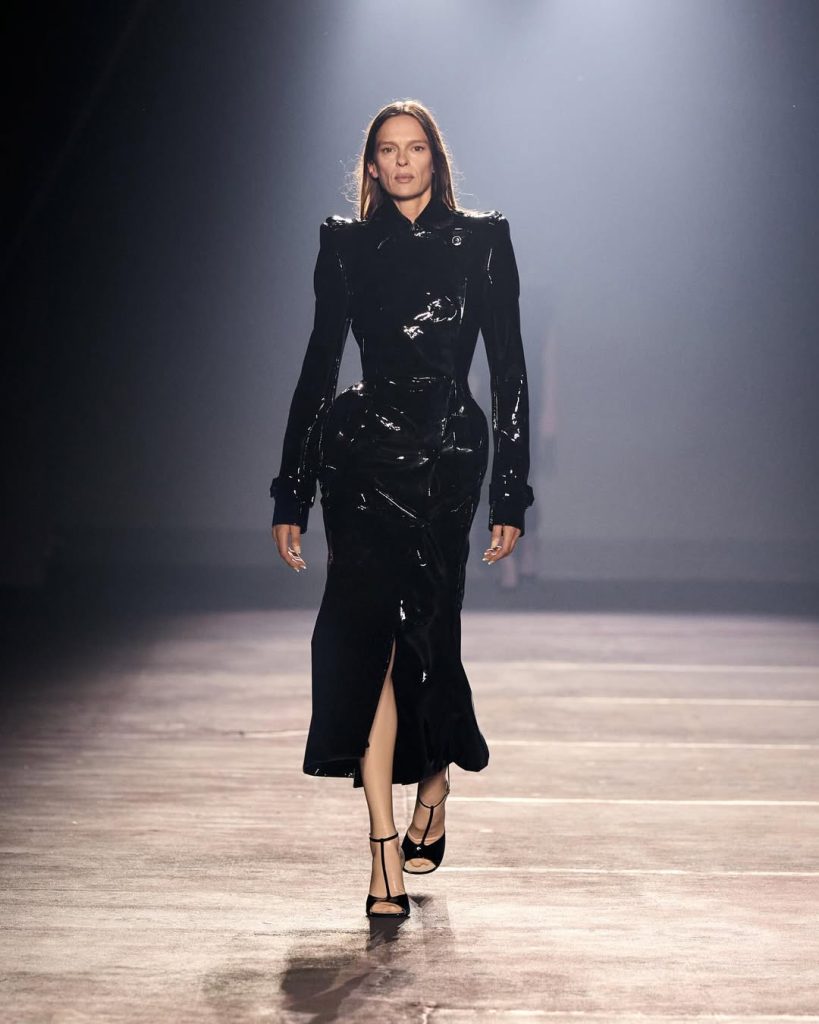
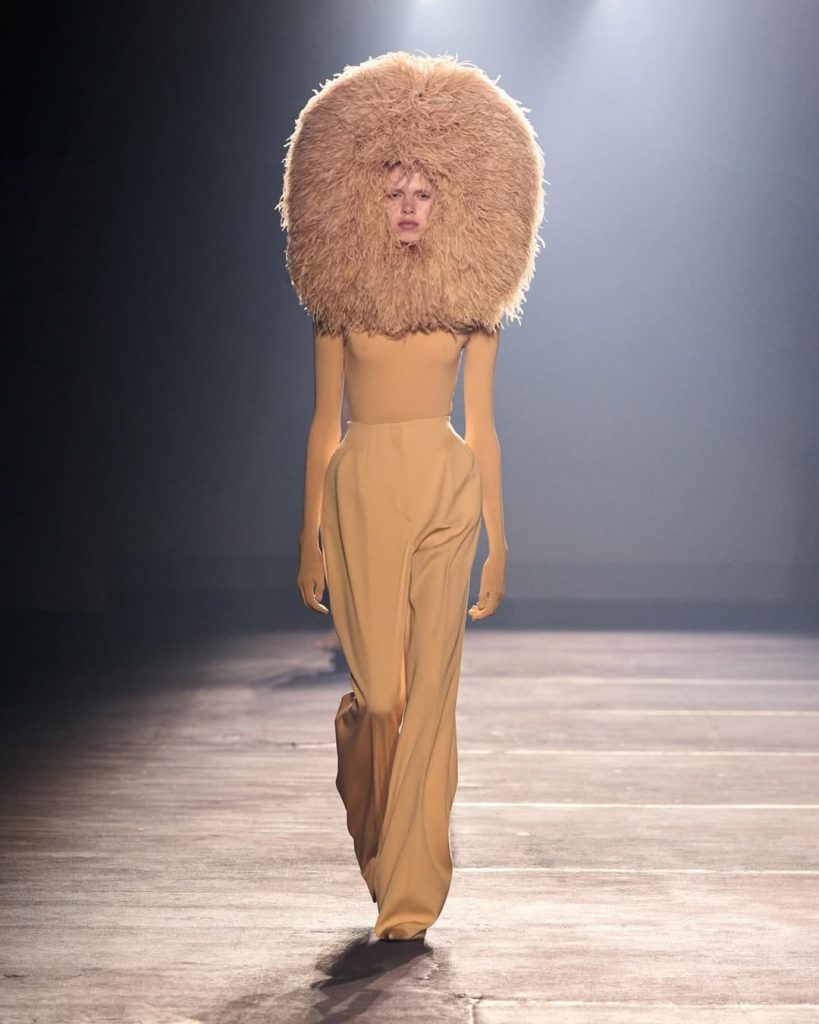
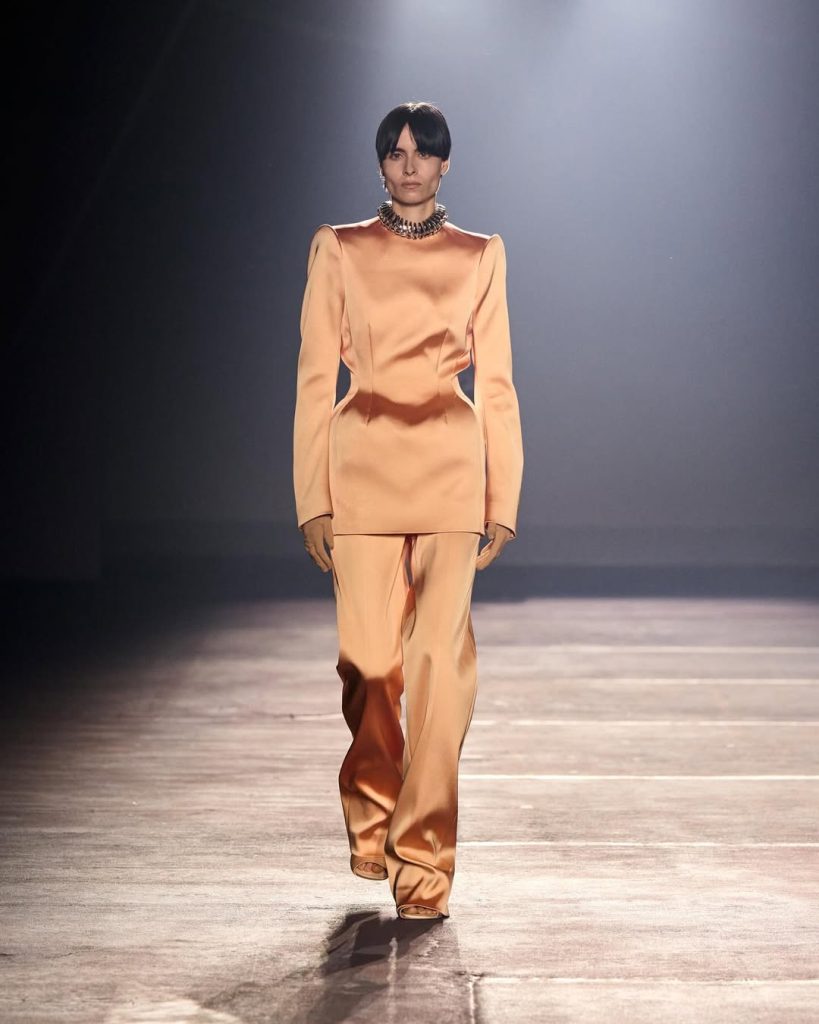
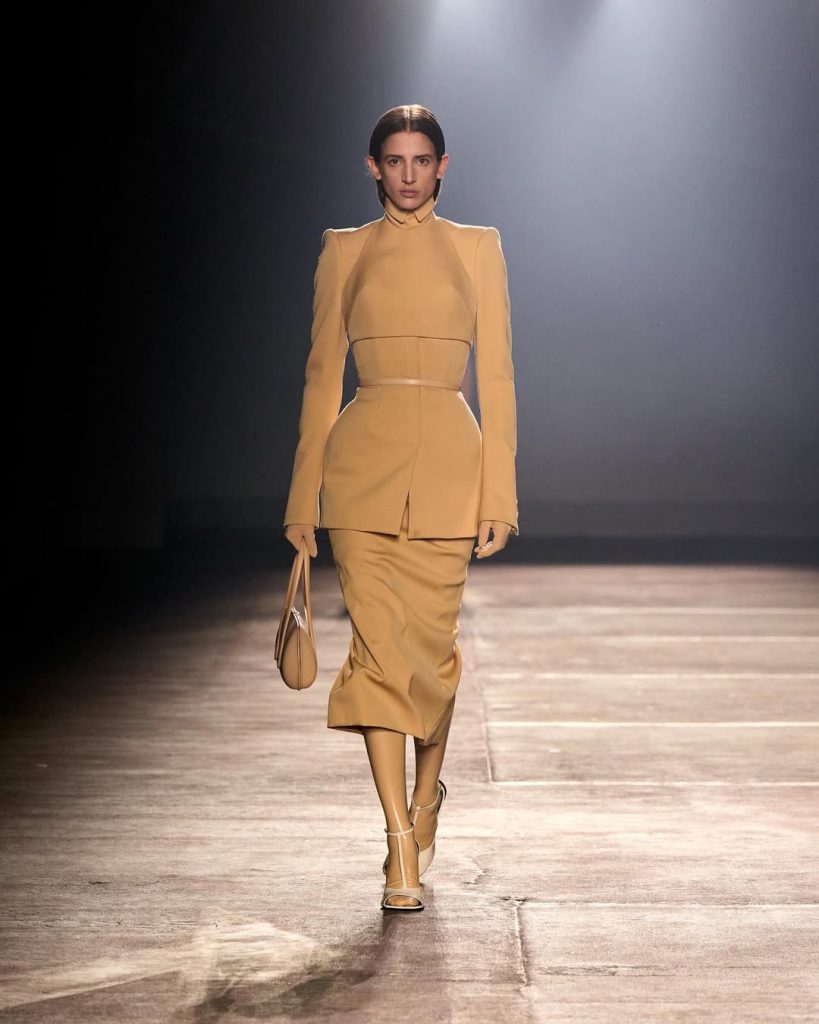
Satin blacks, mirror-finish leathers, and body-skimming ensembles celebrate the natural relationship between body and fabric, rather than the theatrical extremes Mugler was once known for.
Also see: Five trends for Spring/Summer 2026 seen at Milan Fashion Week 2025



